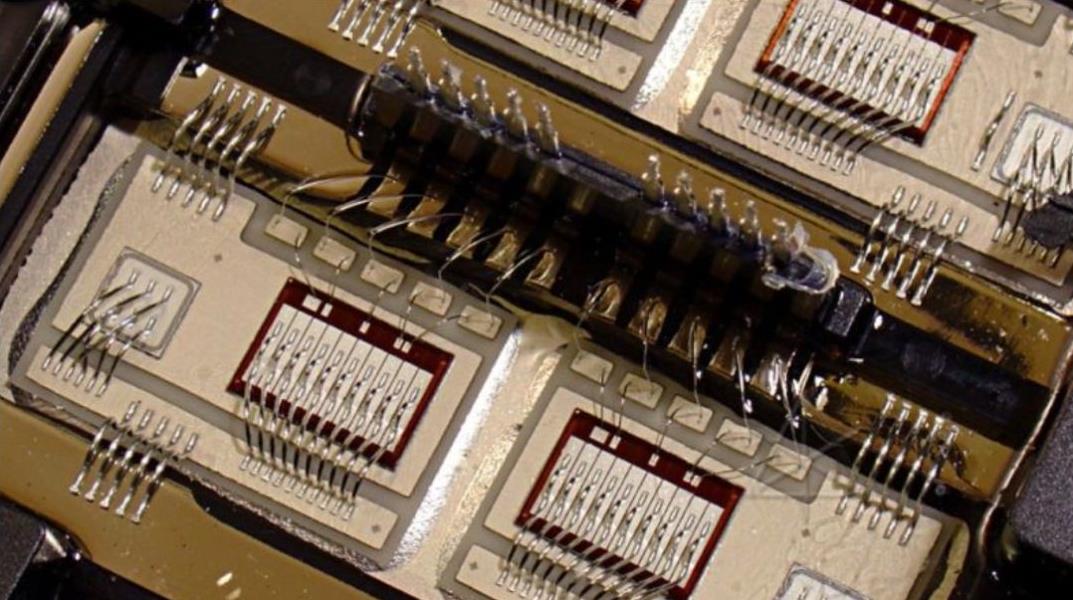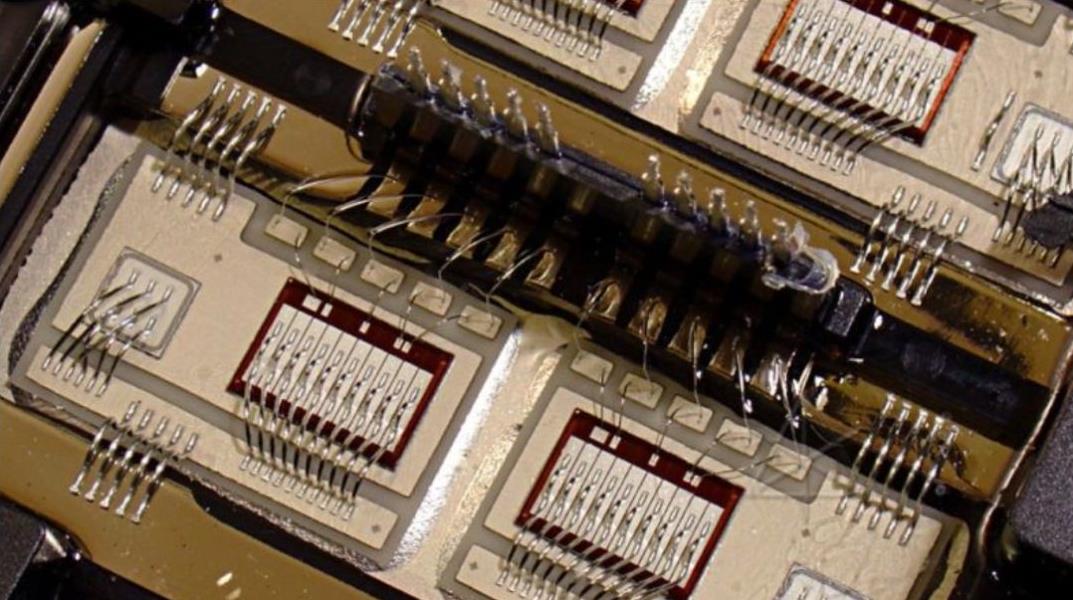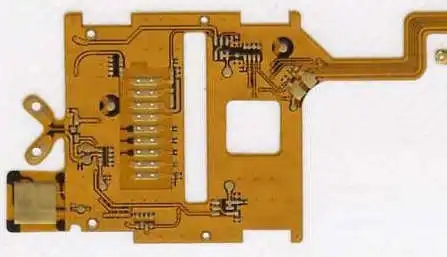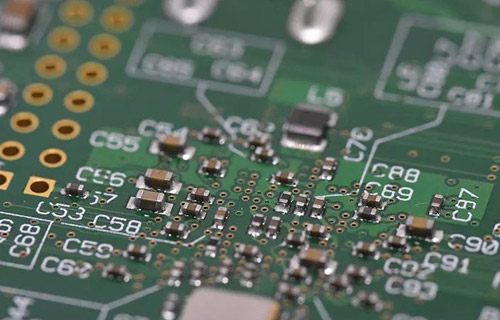
Grounding pipe of multilayer PCB board
As a rule of thumb, four layer PCB boards are usually used for high-density and high-frequency applications Under the condition of four layers of boards, the complete grounding plane and the complete power plane can usually be used In this case, only the grounding wires of a few groups of circuits are connected to the grounding plane, and the running noise is specially treated There are several ways to connect the ground wire of a single circuit to the ground plane, including:
Single point and multipoint grounding methods
1) Single point grounding: the grounding wire of all circuits is connected to the same point on the grounding plane, which is divided into series single point grounding wire and parallel single point grounding grid.
2) Multipoint grounding: the grounding wires of all circuits are grounded nearby. The grounding wires are short and suitable for high-frequency grounding.
3) Hybrid grounding: hybrid single point grounding and multi-point grounding.
It is suitable for single point grounding between low frequency, low power and the same power supply layer, usually used for analog circuits; Here, the star connection is usually used to reduce the effect of possible series impedance, as shown in the right half of 8.1. High frequency digital circuit needs parallel grounding. Here, it is usually easier to handle the grounding hole. Generally, all modules will use two kinds of grounding pipes, and the mixed grounding pipes are used to complete the circuit grounding and grounding plane. Connection
Hybrid grounding method
If you do not choose to use the entire plane as the common ground wire, for example, when the module itself has two ground wires, you need to separate the ground plane, which usually interacts with the power plane. Pay attention to the following principles:
1) Align each plane to avoid overlap between irrelevant power plane and ground plane, otherwise all ground planes will fail to be divided and interfere with each other;
2) At high frequencies, the layers will be coupled by parasitic capacitance of the circuit board;
3) The signal lines between the grounding planes (such as digital grounding plane and analog grounding plane) are connected by grounding bridges, and the nearest return path is configured through the nearest through-hole.
4) Avoid photographing high-frequency tracks near the isolated grounding plane, such as clock lines, which may cause unnecessary radiation.
5) The area of the loop formed by the signal line and its loop should be as small as possible, also known as the Z-small rule of the loop; The smaller the ring area, the less external radiation and the less interference from the external world. When dividing the grounding plane and signal wiring, the distribution of the grounding plane and important signal wiring shall be considered to prevent problems caused by grounding plane slotting.
The connection methods between grounding are summarized here.
1) Common wiring connection between circuit board grounding: This method can ensure reliable low impedance conduction between two grounding wires, but it is only limited to the grounding connection of medium and low frequency signal circuits.

2) High resistance connection between grounding: The characteristics of high resistance are that once there is a voltage difference between the two ends of the resistor, it will produce very weak conduction current. After the charge on the grounding wire is discharged, the voltage difference between the two ends will be zero.
3) Capacitive connection between grounding: capacitors are characterized by DC cut-off and AC conduction, and are used in floating systems.
4) Magnetic bead grounding: the magnetic bead is equivalent to the resistance changing with frequency and displays the resistance characteristics. It is used between grounding and grounding, and is used for weak signals with fast and small current fluctuations.
5) Inductive connection between grounding: Inductance has the characteristics of restraining circuit state change, and can cut peak and fill valley. It is usually used between two grounding points with large current fluctuation.
6) Small resistance connection between grounds: The small resistance adds a damping to prevent the overshoot of the rapid change of the ground current; When the current changes, the rising edge of the surge current is on the PCB
The above is the explanation given by the editor of pcb circuit board company. If you want to know more about PCBA, you can go to our company's home page to learn about it. In addition, our company also sells various circuit boards,
High frequency circuit board and SMT chip are waiting for your presence again.







